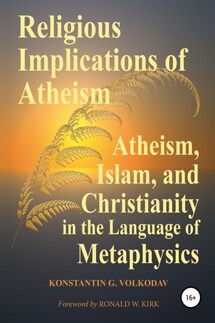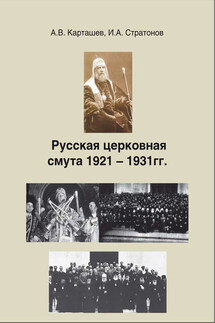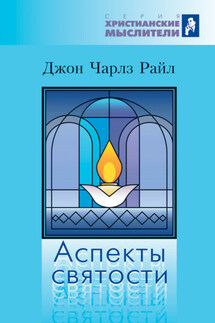Religious Implications of Atheism - страница 30
Christian sacraments may be valid, but not act, because there is no soil, which would perceive them. You cannot accept the sacrament in the hope that something will happen magically. It is necessary for a person to experience spiritual hunger, striving to God. Then, through the sacraments, something can happen which cannot be achieved by dialectic and dispute.
Sometimes the pagan attitude to the worship was manifested very frankly. For example, in the rite of the Psalmocatara—curses by the psalms. [53] The purpose of the Psalmocatara was to deliver a man into the hands of the devil and call upon him all sorts of calamities even up to his physical and spiritual death. The rite was prescribed to be performed in the temple by seven priests. In this case, priests put on all priestly clothes inside out, and shoes with the right foot put on the left and vice versa. They use unusual black candles. All this indicates that the priests were aware that this whole ritual is contrary to the Gospel and the purposes of Christian worship. Christ would have rebuked them, and said, “Ye know not what manner of spirit ye are of” (Luke 9:55 KJV).
Nevertheless, the Psalmocatara, a prayer for evil, in the twelfth–seventeenth centuries was practiced very, very often. Professor of Canon Law at Moscow University A. I. Almazov describes three versions of this rite. [54] Later texts of the rank become more occult and practical (in the last edition it can be performed only by one priest and not necessarily in temple). Perhaps the Psalmocatara was a borrowing not only from pagan magic, but also from the Talmudic and Kabbalistic practices. For example, from the rite of the “pulse de Nura.” By the way, the rite of the Psalmocatara is not officially abolished, and there has never been its conciliar condemnation, and if you consider that it was used for at least five hundred years, you can generally talk about its reception, inclusion in the Church tradition and consensus patrum!
Thirdly, we note one more paradoxicality of Christianity in relation to the Christian Church. In a sense, the concept of a Church is very close to the concept of religion (the Church is a religious organization), one can define another. However, there is still no unambiguous and universally accepted definition of the Church, although theologians have written about it for almost two thousand years.
It is easy to say where the Church is, but it is almost impossible to predict correctly where the Church is not. If the definition is specific, unambiguous, then it does not stand up to criticism, because it leaves beyond its scope a set of church phenomena. For example, in the Catechism of the Metropolitan of Moscow Filaret, the following definition is given: “The Church is society of people established by God, united by Orthodox faith, the law of God, the hierarchy and the Sacraments.” But the robber who was crucified to the right of Christ and who entered the Paradise on the same day (Luke 23:43), did not take part in any society, did not even have a concept about “hierarchy” and the Sacraments. And many holy ascetics–deserters hermits tried to keep away from both the hierarchy and the community of believers.
If the definition is broad, multi-valued, then it includes many completely non-church phenomena. For example, Metropolitan of Moscow Platon (Levshin) said, that the Church is a gathering of people, believers in Jesus Christ. But “even the demons believe—and shudder” (James 2:19), and the followers of the church of satan also believe in Jesus Christ. Another broad definition was given by A. S. Khomyakov: “The Church is the organism of love”. However, examples of love can be found and in non-Christian societies. In addition, it is one thing to talk about love, and quite another—to show it actively. By the way, the Historical Church, shows many more examples of not love than love.






